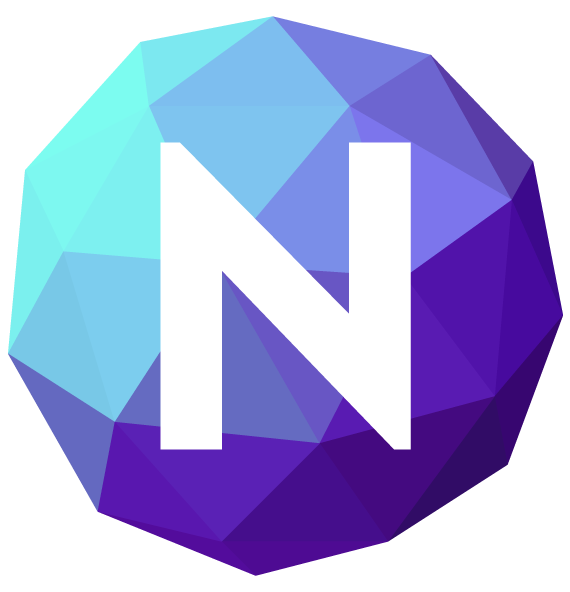Nikka Estefani
Category: Design Tips

UI Cards are a ubiquitous element in user interface (UI) design that have gained immense popularity in recent years. They provide a versatile and organized way to present information, allowing designers to showcase various types of content in a concise and visually appealing manner. In this article, we will delve into the world of UI cards and explore seven common types used in modern design.
Content Cards
Content cards are the most basic and widely used type of card in UI design. They typically display a single piece of content, such as an article, product, or user profile. Content cards are characterized by their compact size, often featuring an image, a title, a brief description, and relevant metadata. They enable users to quickly scan and digest information, making them perfect for presenting a collection of items.
Feature Cards

Feature cards are designed to highlight specific features or functionalities of a product or service. They are usually larger in size compared to content cards and employ more visual elements to draw attention. Feature cards often include an image or illustration, a headline that emphasizes the key benefit, and a concise description. They are effective in showcasing the unique selling points of a product or promoting important features.
Media Cards
As the name suggests, media cards are used to showcase rich media content, such as images, videos, or audio files. These cards are visually focused and often employ a prominent visual element as the primary focus, accompanied by a minimal amount of text. Media cards are widely used in image galleries, video playlists, or multimedia-driven applications where visual engagement is crucial.
Notification Cards
Notification cards are utilized to convey important updates or alerts to users. They are commonly seen in messaging apps, social networks, or task management systems. These cards typically feature a brief message or notification icon, informing users about new messages, activity updates, or system alerts. The design of notification cards often involves a sense of urgency and employs visual cues to grab immediate attention.
Action Cards
Action cards are interactive elements designed to prompt users to take a specific action. These cards often feature a call-to-action (CTA) button, allowing users to perform tasks such as making a reservation, submitting a form, or initiating a purchase. Action cards are frequently used in e-commerce platforms, booking systems, or applications that require user engagement and conversions.
Social Cards
Social cards facilitate social interactions within an application or website. They are commonly used in social media platforms, where users can like, comment, and share posts. Social cards typically display user-generated content, along with engagement metrics such as the number of likes, comments, and shares. These cards promote user participation and encourage social interactions, fostering a sense of community.
Informational Cards
Informational cards provide users with contextual information or help in decision-making. They are often used in dashboards, analytics tools, or news aggregators. Informational cards can display statistics, summaries, or brief insights, aiding users in understanding data and making informed choices. These cards focus on presenting information in a concise and visually digestible format.
Conclusion:
Cards are a versatile and powerful tool in UI design, offering a visually appealing and organized way to present information. By understanding the various types of cards available, designers can tailor their use to different content and interaction requirements. Whether it’s showcasing products, highlighting features, or facilitating social interactions, incorporating the right type of card can greatly enhance the user experience and improve engagement. As UI design continues to evolve, the creative implementation of cards will undoubtedly play a significant role in shaping the future of digital interfaces.







